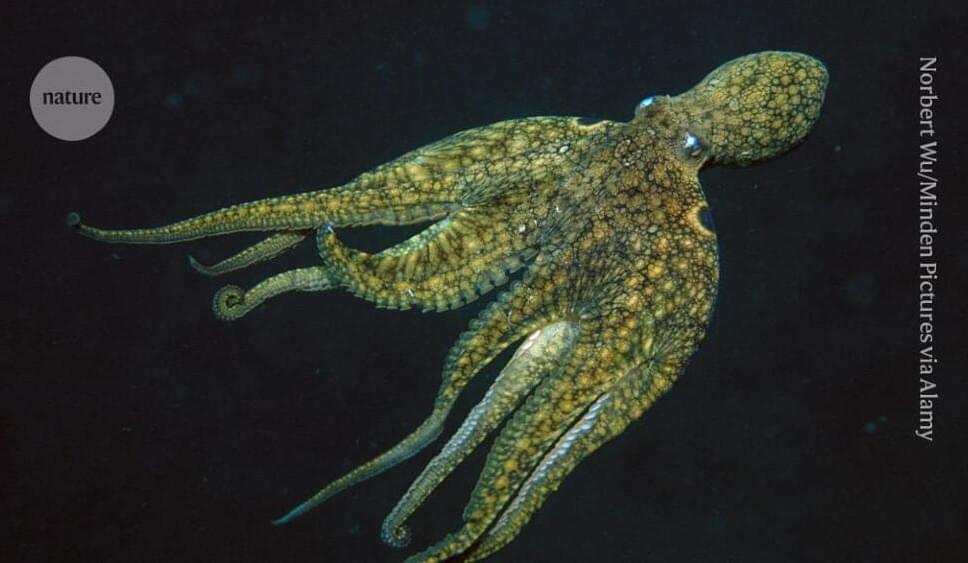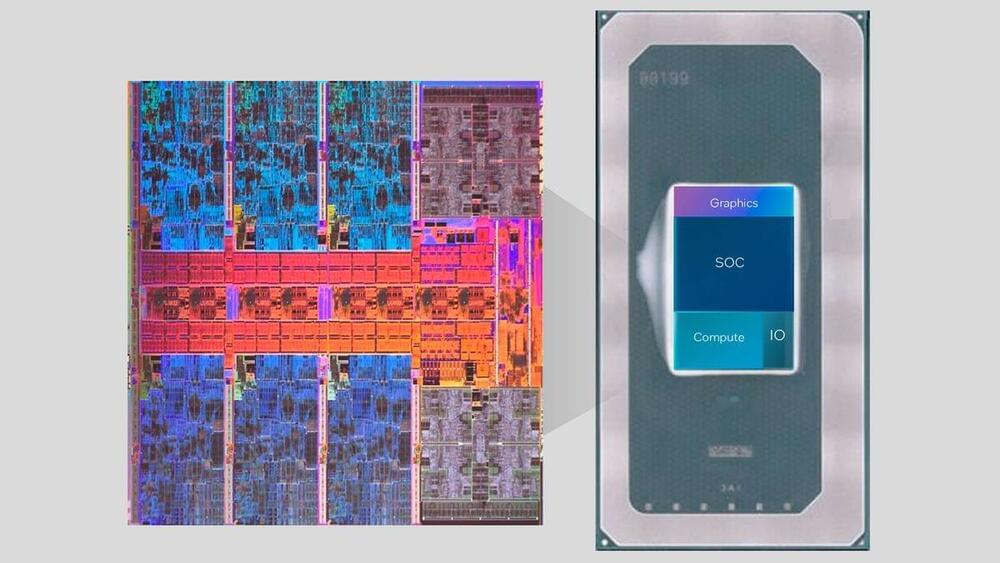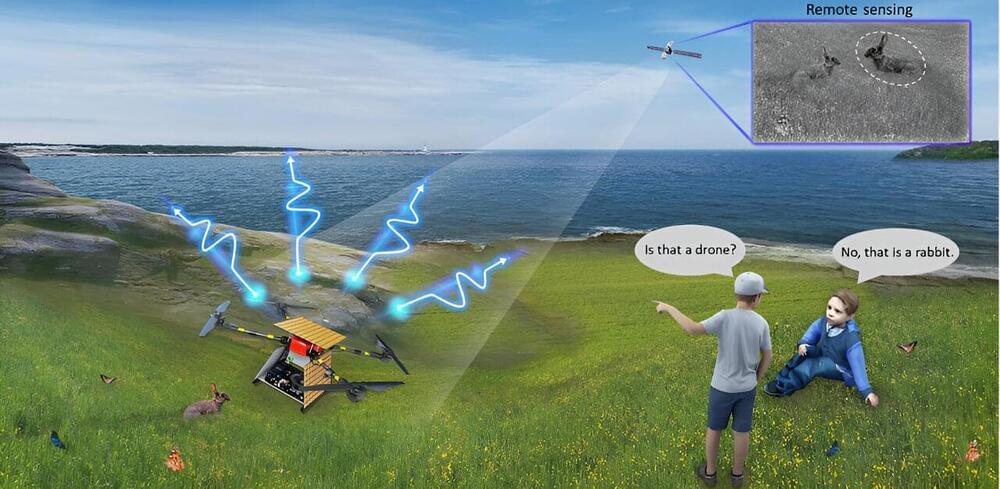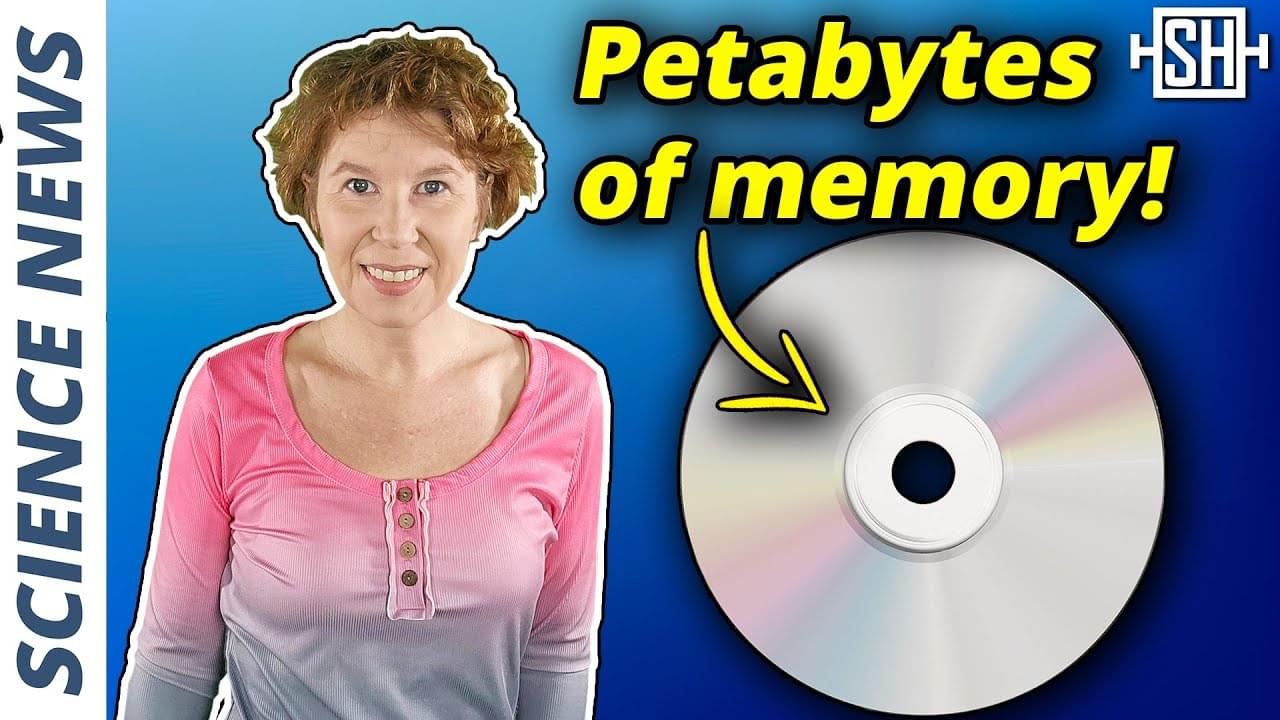Researchers from China have succeeded in developing a new type of disc with a storage capacity of 200 terabytes, the size of a DVD.
British automaker Jaguar – set to become an EV-only brand next year – is officially ending production of its ICE vehicles by June and stepping into a new era of very expensive but powerful EVs. Assembly lines are stopping to transition to an entirely new EV platform from the one underpinning the long-troubled I-Pace.
Jaguar is looking for a fresh start, and that means the I-Pace is dying too, along with its current crop of gas-and diesel-powered road vehicles. At the moment, five cars are still on sale in the US – the XF sedan, E-Pace and F-Pace crossovers, F-Type roadster and coupe, and the electric I-Pace. But production is ending in June, while the I-Pace will continue to be built until likely next year.
The I-Pace, for its part, has had what seems like endless problems in the past, with the company recalling it last year due to battery fire risk. Not to mention a limited range of around 286 miles for a vehicle with a hefty price tag starting at $73,775 in the US.
Daimler Truck North America just launched a dealer certification program to ensure a “world-class” experience for its electric truck buyers.
The Battery-Electric Vehicle (BEV) Dealer Certification Program isn’t intended to be just another badge for dealers to hang in their showrooms; it DTNA working to ensure quality control at its Freightliner dealerships.
DTNA’s heavy-duty Freightliner eCascadia and medium-duty eM2 trucks are already operational in over 50 fleets across the US, amassing more than 4 million electric miles, so the dealership certification program is timely.
VW Group EV owners still have a bit to wait before NACS adapter roll out. The first one to get NACS support from the factory should be the 2026 Porsche Taycan.
Intel recently released its open-source NPU Acceleration Library, which enables small LLMs on Meteor Lake CPUs.
Something to look forward to: AMD’s FSR image upscaling technology has avoided using AI until now, which has been a double-edged sword in its competition against Nvidia’s DLSS and Intel’s XeSS. A recent interview with AMD’s CTO indicates that the company plans to pivot sharply toward AI in 2024, with gaming upscaling as one area of focus.
AMD has confirmed that it’s developing a method to play games with AI-based image upscaling. Although further details are scarce, this could potentially bring the company’s solution closer to Nvidia’s. In an interview on the No Priors podcast, CTO Mark Papermaster explained how AMD has deployed AI acceleration throughout its product stack and plans to introduce new applications to utilize it this year. “We are enabling gaming devices to upscale using AI and 2024 is a really huge deployment year,” he said.
Nvidia DLSS, Intel XeSS, and AMD FSR allow gamers to increase the resolution at which they play while minimizing the performance impact. However, while DLSS and XeSS utilize hardware-assisted AI, FSR relies only on spatial and temporal information.
The idea of objects seamlessly disappearing, not just in controlled laboratory environments but also in real-world scenarios, has long captured the popular imagination. This concept epitomizes the trajectory of human civilization, from primitive camouflage techniques to the sophisticated metamaterial-based cloaks of today.
Recently, this goal was further highlighted in Science, as one of the “125 questions: exploration and discovery.” Researchers from Zhejiang University have made strides in this direction by demonstrating an intelligent aero amphibious invisibility cloak. This cloak can maintain invisibility amidst dynamic environments, neutralizing external stimuli.
Despite decades of research and the emergence of numerous invisibility cloak prototypes, achieving an aero amphibious cloak capable of manipulating electromagnetic scattering in real-time against ever-changing landscapes remains a formidable challenge. The hurdles are multifaceted, ranging from the need for complex-amplitude tunable metasurfaces to the absence of intelligent algorithms capable of addressing inherent issues such as non-uniqueness and incomplete inputs.
Tesla owners might soon be able to control their car using their Apple Watch, at least if Elon Musk is to be believed. In response to a question on social media about whether Tesla could add Apple Watch integration, Musk responded: “Sure.”
Whether Tesla follows through on this remains to be seen. There’s no timeline on when the feature might be added. In fact, it sounds like this wasn’t something in the works until Musk responded to this particular social media post.
Ideally, Tesla’s app for Apple Watch would allow Tesla owners to unlock their car and do things like precondition the cabin, enable/disable Sentry mode, remote start their car, and more. But again, Tesla hasn’t confirmed anything about what to actually expect.
Explore courses in mathematics, science, and computer science with Brilliant. First 200 to use our link https://brilliant.org/sabine will get 20% off the annual premium subscription.
Memory storage technology has come a long way from compact disks. Or has it? In a recent paper, scientists report they were able to fit petabytes of memory onto a compact disk using new laser technologies and advanced material design. Is this the future of data storage? Let’s have a look.
🤓 Check out my new quiz app ➜ http://quizwithit.com/
💌 Support me on Donatebox ➜ https://donorbox.org/swtg.
📝 Transcripts and written news on Substack ➜ https://sciencewtg.substack.com/
👉 Transcript with links to references on Patreon ➜ / sabine.
📩 Free weekly science newsletter ➜ https://sabinehossenfelder.com/newsle…
👂 Audio only podcast ➜ https://open.spotify.com/show/0MkNfXl…
🔗 Join this channel to get access to perks ➜
/ @sabinehossenfelder.
🖼️ On instagram ➜ / sciencewtg.
#science #sciencenews #technews #tech #technology









